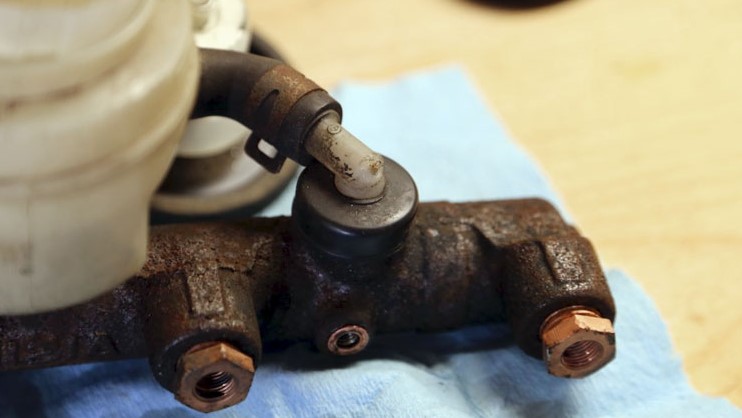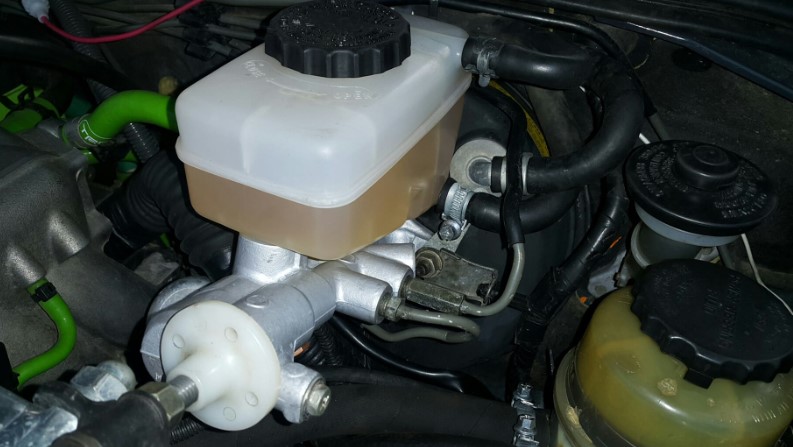Encountering a sinking brake pedal after installing a new master cylinder can be alarming and hazardous. This guide aims to demystify the typical causes of this dilemma and provide practical solutions.
👀Look at this: Essential Guide to Master Brake Cylinder Failure Symptoms
Troubleshooting the Issue

When a brake pedal sinks post-master cylinder installation, several culprits might be at play:
- Faulty Installation Techniques: An improperly installed master cylinder can fail to generate the necessary pressure, leading to a sinking pedal. This may stem from incorrect procedures, use of damaged components, or improper fluid levels.
- Flawed Master Cylinder: The issue might also lie within the master cylinder, possibly due to manufacturing flaws or damages incurred during shipping or fitting.
- Air Trapped in Brake Lines: Air within the brake lines can significantly diminish braking pressure, as air compressibility hinders effective force transfer.
- Obstructed or Impaired Brake Lines: Blockages or damage within the brake lines can impede fluid flow, contributing to the problem.
📢Read also: C5 Corvette Brake Master Cylinder
Identifying the Root Cause
To pinpoint the issue:
- Check and, if necessary, replenish the brake fluid.
- Examine the master cylinder for any signs of damage. Replace if needed.
- If the master cylinder seems intact, purge the brake lines using a brake bleeder kit to eliminate trapped air.
🚨You may be interested in: Brake Master Cylinder Brace
Rectifying the Problem
Upon diagnosing the cause, you can embark on the repair process. This may involve:
- Reinstalling the master cylinder correctly if installation errors are detected.
- Replacing a defective master cylinder.
- Purging air from the brake lines, which entails:
- Parking on a flat surface.
- Running the engine briefly.
- Opening the hood to access the master cylinder reservoir.
- Topping up the brake fluid.
- Using a brake bleeder on each caliper’s bleeder screw.
- Having an assistant depress the brake pedal fully.
- Opening and closing each bleeder screw in succession ensures clear fluid flow.
- Checking and adjusting the fluid levels post-bleeding.
- Testing the brakes for proper function.
👀Look at this: Brake Line Won’t Thread Into Master Cylinder
Conclusion
A sinking brake pedal post-master cylinder replacement demands immediate attention. By following the outlined steps, you can address the issue effectively.
Proactive Measures for the Future
To prevent recurrence:
- Opt for professional installation of the master cylinder.
- Adhere strictly to manufacturer guidelines during installation.
- Regularly monitor and maintain brake fluid levels.
- Schedule routine brake line bleeding every two years or after 25,000 miles.
